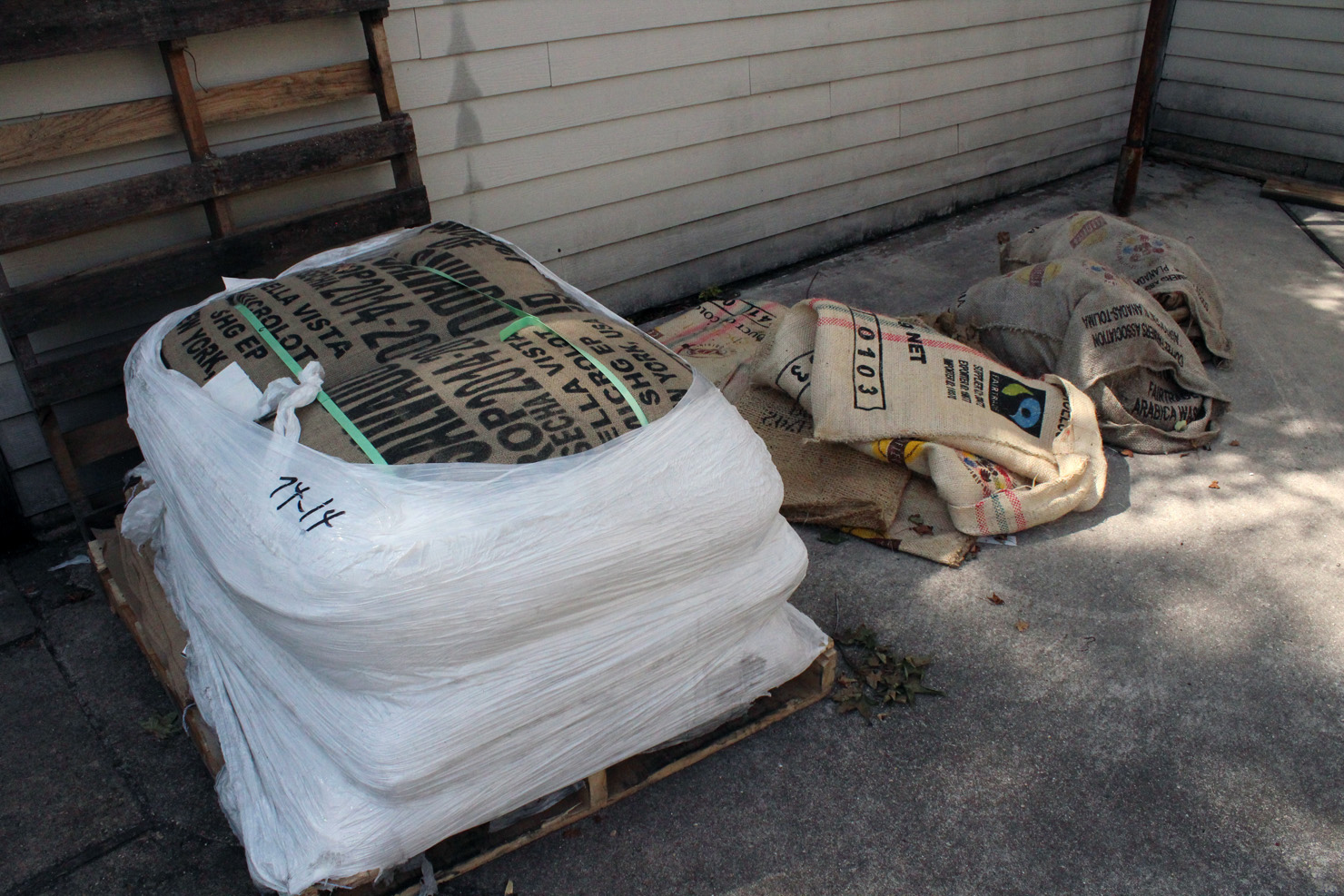Back in November, Go Fund Bean created a wage survey for all coffee workers in the United States. Their goal was to uncover—in hopes of eventually addressing—any wage disparities within the specialty coffee industry. Now, with all the pay information compiled, Go Fund Bean has released the scrubbed raw data as well as highlighted a few broad trends in how coffee workers are compensated.
Released to the public Friday, February 10th, the Go Fund Bean wage survey included 240 entries from across the United States, 160 hourly workers and 80 on salary. Pay rates were also compared by geography using MIT’s living wage calculator. The findings shed a big light on the discrepancy in compensation between hourly and salaried employees in the coffee industry.
The found that in some roles—cafe managers and head roasters in particular—salaried employees made on average nearly double their hourly counterparts for doing the same job. This while 92% of salaried employees also receiving some form of benefit, “usually health insurance and/or paid time off,” per the press release. 38% of hourly employees receive no benefits at all.
When honing in on baristas, Go Fund Bean found that they work on average 26 hours per week, noting that they are nonetheless “usually expected to be available to their employers full-time.” And because of this, finding supplemental income streams is difficult if not impossible. Before tips, baristas nationwide take-home average is $14 per hour, or $18,900 per year. With 60% of tipped employees netting an additional $100-$300 weekly, that puts the all-in yearly barista range between $24,100 and $34,500.
“20K a year wasn’t enough to live on before last year’s rapid pace of inflation reduced the buying power of that wage,” states Go Fund Bean founder Adam JacksonBey. “The fact that the backbone of the US coffee industry is being forced to depend on the generosity of folks tipping in order to barely make ends meet is appalling, at best.”
Overall, 49% of hourly respondents stated that they were not able to comfortably pay their bills every month, while only 20% of their salaried counterparts said the same.
Currently, Go Fund Bean is compiling the data into a map and collating it with MIT’s living wage calculator for folks to compare real wages in a given city versus what they would need to make in order to live. That information will be released upon completion of the map.
It is a striking discrepancy, and the first step to remedying it is awareness. With these findings, workers can now have a better understanding of pay ranges in their area and are hopefully more equipped to negotiate a more fair pay rate where it is due. For more information, visit Go Fund Bean’s official website.
Zac Cadwalader is the managing editor at Sprudge Media Network and a staff writer based in Dallas. Read more Zac Cadwalader on Sprudge.



























